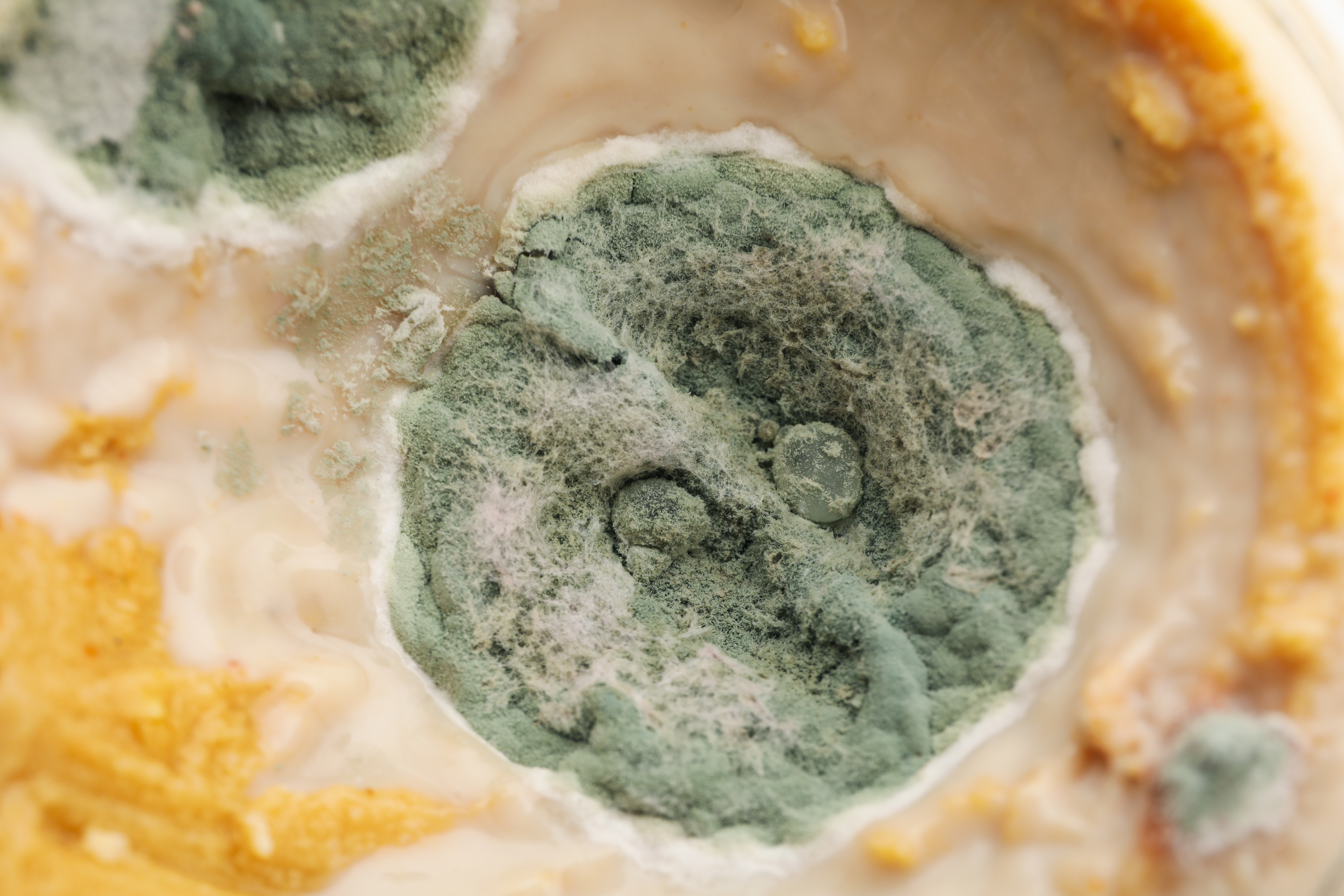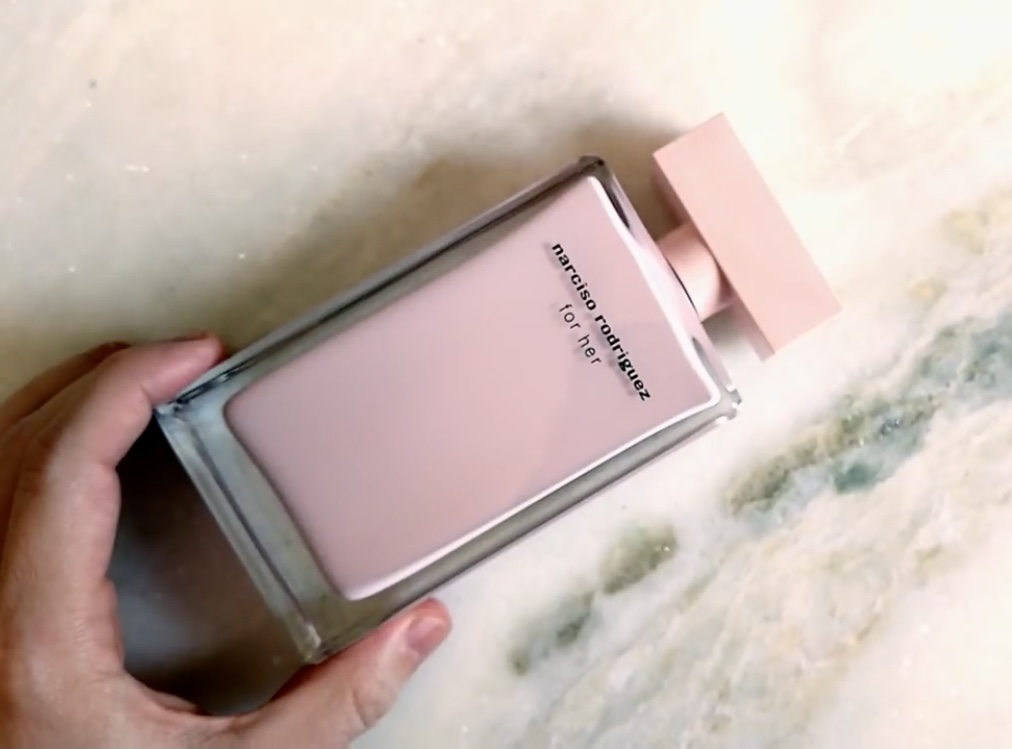Common Allergy Triggers You Didn’t Know About
Allergies are a common nuisance that affect millions of people worldwide, often manifesting in sneezes, rashes, or more severe reactions. While many are familiar with typical allergens like pollen, dust mites, and pet dander, there exists a myriad of lesser-known triggers lurking in our everyday environments. These hidden culprits can catch even the most vigilant allergy sufferers off guard, leading to unexplained symptoms and discomfort. This article delves into 11 surprising allergy triggers, shedding light on these stealthy offenders and offering insights into how they might be affecting your health. By the end, you'll have a comprehensive understanding of these hidden allergens and how to manage them effectively.
1. Fragrance in Household Products
Fragrances are ubiquitous in household products, from air fresheners to cleaning supplies, and even personal care items like shampoos and lotions. These scents are often composed of complex chemical mixtures that can trigger allergic reactions, including headaches, skin irritation, and respiratory issues. The problem is exacerbated by the fact that manufacturers are not required to disclose the specific chemicals used, making it difficult for consumers to identify the source of their allergies. Opting for fragrance-free or naturally scented products can help mitigate this risk. Understanding the impact of synthetic fragrances is crucial for anyone looking to reduce their exposure to hidden allergens in their home environment.
2. Mold in Unexpected Places

Mold is a well-known allergen, but many are unaware of its presence in unexpected places. Beyond the typical damp basements and bathrooms, mold can thrive in refrigerator drip pans, air conditioners, and even in houseplants' soil. These hidden mold spores can easily become airborne, leading to respiratory distress and other allergic reactions. Regular cleaning and maintenance of these areas, along with ensuring proper ventilation, can help reduce mold growth. Recognizing these unconventional mold habitats is key to maintaining a healthy living space and preventing allergy flare-ups.
